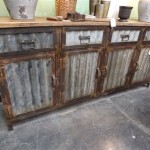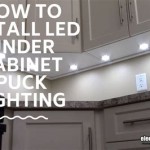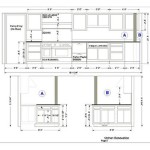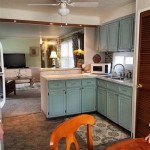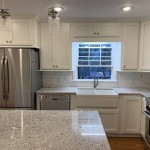Shadow Line Above Kitchen Cabinets: A Comprehensive Guide
A shadow line above kitchen cabinets, also known as a "crown molding," "top molding," or "cabinet soffit," is a decorative trim that adds a touch of elegance and sophistication to any kitchen. It is typically installed along the top of the cabinets, creating a visual separation between the cabinets and the ceiling. This subtle detail can significantly impact the overall aesthetic of the kitchen, enhancing its visual appeal and even influencing the perceived space.
Beyond aesthetics, shadow lines above kitchen cabinets serve several practical purposes. They can help to conceal imperfections in the ceiling, such as unevenness or cracks, and provide a clean and finished appearance. They can also act as a barrier to dust and debris, making it easier to keep the kitchen clean. In addition, shadow lines can be utilized to integrate lighting elements, creating a more inviting and functional space.
Benefits of a Shadow Line Above Kitchen Cabinets
There are numerous benefits to installing a shadow line above kitchen cabinets. Here are some of the most significant advantages:
1. Enhanced Visual Appeal
A shadow line can transform the look of a kitchen, giving it a more polished and finished appearance. It adds a sense of depth and dimension, making the cabinets appear more substantial and the space more cohesive. The right molding can also complement the overall design of the kitchen, creating a unified and visually appealing aesthetic.
2. Concealing Imperfections
Shadow lines can effectively conceal imperfections in the ceiling, such as unevenness, cracks, or discoloration. The molding acts as a visual barrier, diverting attention away from any flaws and creating a more consistent and visually appealing ceiling line.
3. Improved Functionality
Shadow lines can be used to create a clean and finished edge, making it easier to wipe down the top of the cabinets and maintain a clean and dust-free environment. Additionally, the shadow line can provide a convenient place to install under-cabinet lighting, enhancing the functionality and ambiance of the kitchen.
4. Creating a Sense of Space
A shadow line can help to visually enlarge a kitchen, especially in smaller spaces. By creating a defined boundary between the cabinets and the ceiling, it can make the space feel less crowded and more open. This effect can be further enhanced with the use of lighter colors and strategically placed lighting.
Types of Shadow Lines Above Kitchen Cabinets
There are various types of shadow lines available, each with its own unique characteristics and aesthetic appeal. The most common types include:
1. Crown Molding
Crown molding is a traditional type of shadow line that features a curved profile. It adds a touch of elegance and sophistication to the kitchen and is typically made from wood or polyurethane.
2. Box Molding
Box molding, also known as "picture frame molding," is a more modern and minimalist option that creates a clean and defined shadow line. It is often used in contemporary kitchens.
3. Soffit
A soffit is a small, recessed area that is built into the ceiling above the cabinets. It is a popular option for integrating lighting and can create a more sophisticated and functional design element.
Choosing the Right Shadow Line
The best type of shadow line for a kitchen depends on the overall design style and the desired aesthetic. Here are some factors to consider when choosing a shadow line:
1. Kitchen Style
The shadow line should complement the overall style of the kitchen. For example, crown molding is a good choice for traditional kitchens, while box molding is more suitable for contemporary spaces.
2. Cabinet Design
The shadow line should also complement the design of the cabinets. A simple shadow line is best for cabinets with intricate detailing, while a more ornate molding can add a touch of elegance to plain cabinets.
3. Lighting
The shadow line can be used to integrate lighting elements, such as under-cabinet lighting or recessed lights. Consider the desired lighting effects and choose a molding that can accommodate the lighting fixtures.
4. Budget
Shadow lines vary in price depending on the material, style, and complexity of the design. Set a budget and choose a molding that fits within your financial constraints.

Soffit And Ceiling Options La Cabinets Multifamily Cabinet Solutions Western Usa

Shaker With Shadow Line Kitchen Cabinets Home Decor

Shadow Line Kitchens Kitchen

Shaker With Shadow Line Kitchen Cabinets Home Decor

Ceilings That Are Not Level And Crown Molding Kitchen Gallery

Shadow Line Kitchens Kitchen

Modern Look Half Glossy Lacquer Finish Shadow Line Kitchen Cabinets China Cabinet Furniture Made In Com

How To Enclose The Space Above Kitchen Cabinets Angela Marie Made

Kitchen Bench Shadow Line Contrast Colour Doors Benches New Homes

Benefits Of Adding A Bulkhead To Your Kitchen Cabints
Related Posts

